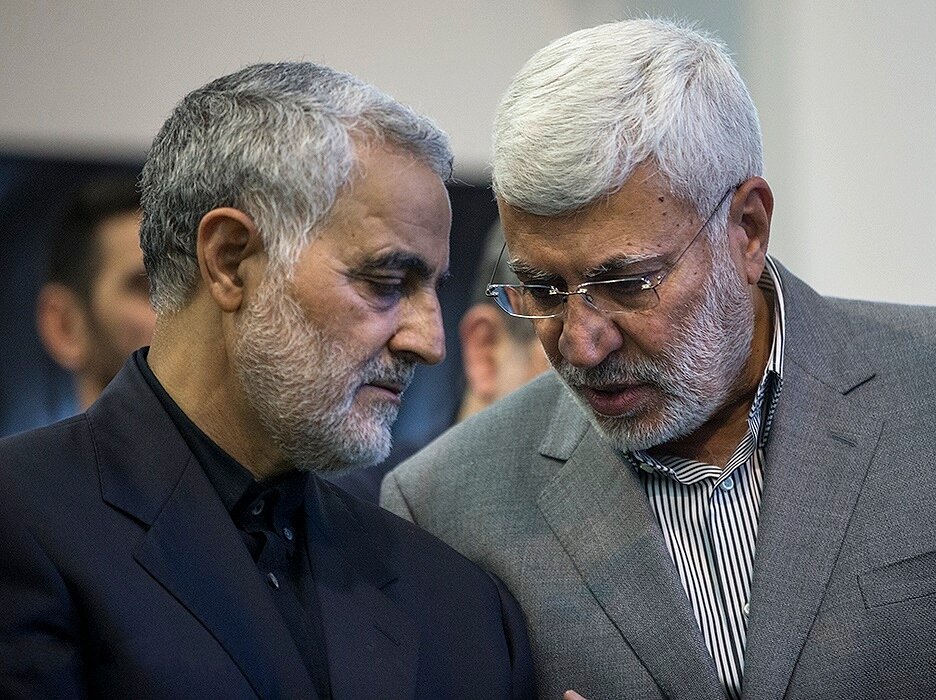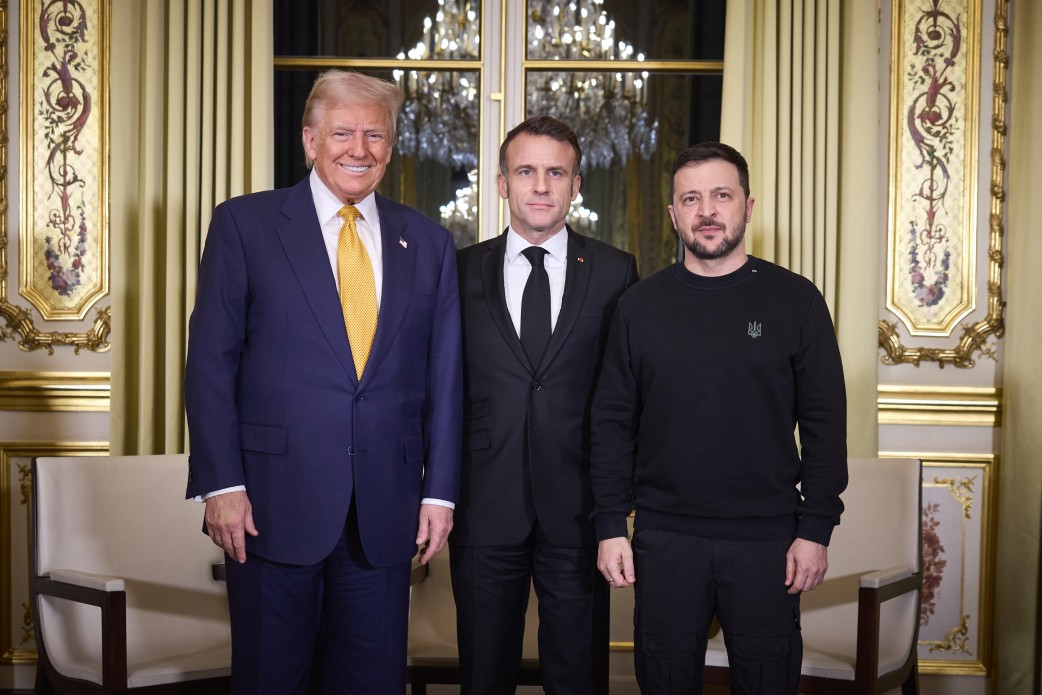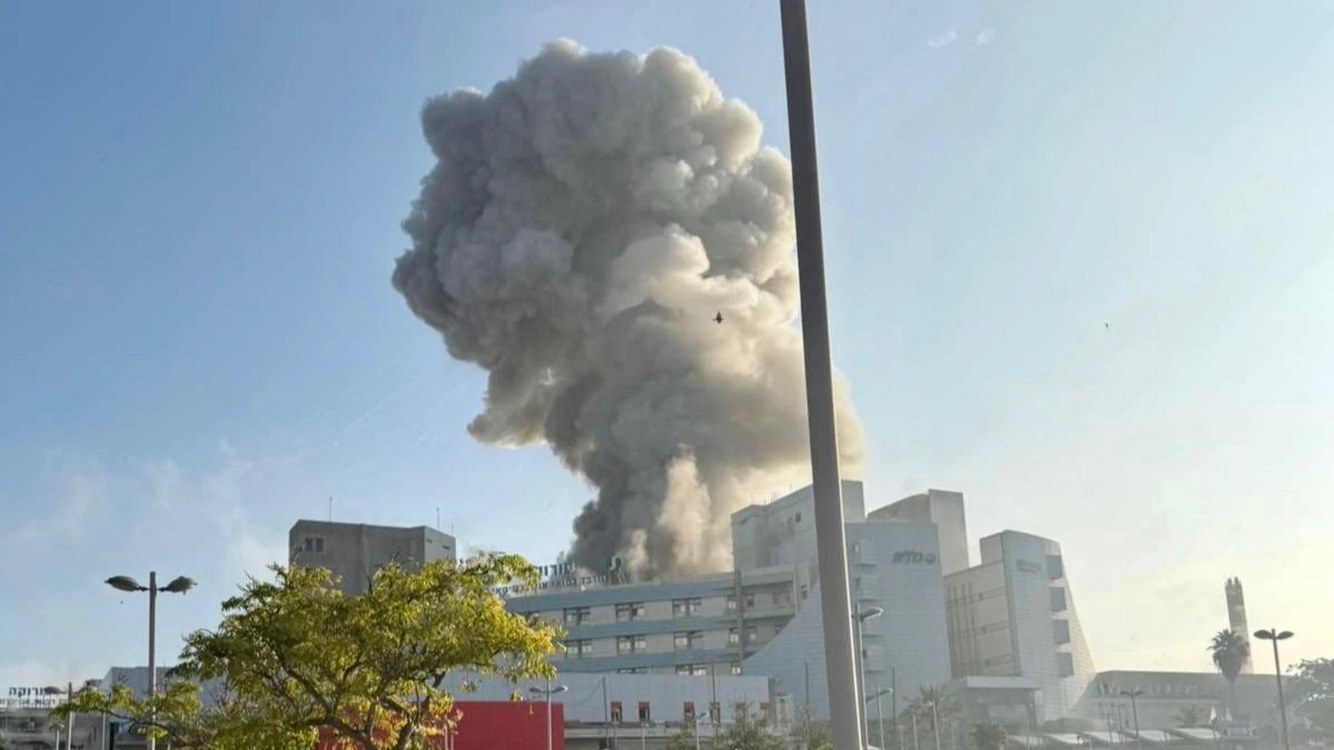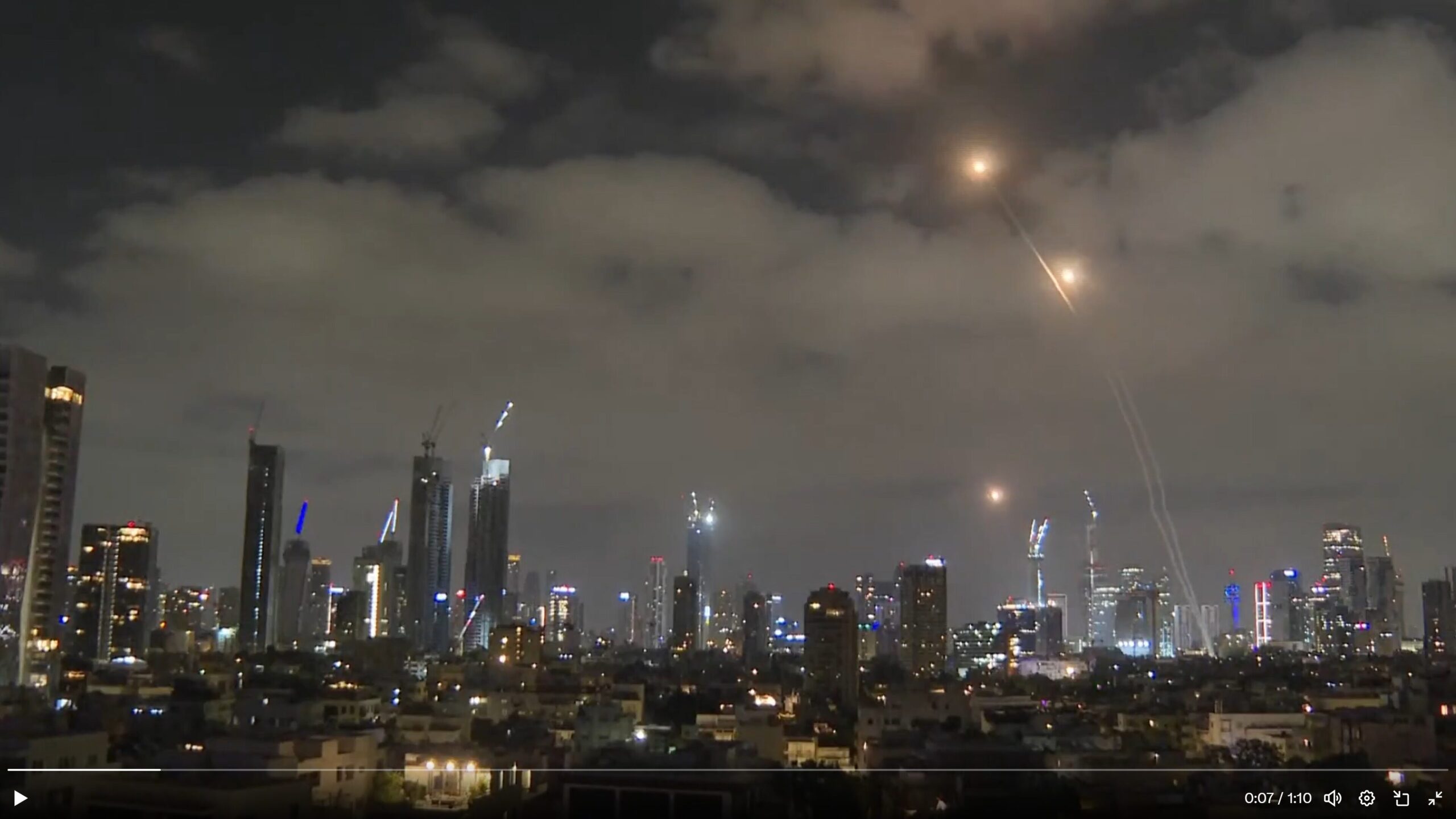PICTURED: Abu Mahdi al-Muhandis at the funeral of Qasem Soleimani’s father. CC 4.0
IRAQ, January 10th, 2020. U.S. airstrikes which killed Iranian General Qassem Soleimani, also killed Abu Mahdi al-Muhandis, the leader of a group of Iraqi military units collectively known as the PMF (Popular Mobilization Forces, also known as Hashd al-Shaabi). The U.S. labels several of the units within the PMF as Specially Designated Global Terrorist groups.
These units include the Badr Brigade, Asa’ib Ahl al-Haq, and Kata’ib Hezbollah, who for awhile were thought of as Shi’ite extremist groups with jihad on their minds and who were responsible for fighting against and even killing Americans during the 2003 invasion of Iraq and the resulting 7 year occupation.
The Iraqi government originally targeted militias like Kata’ib Hezbollah between 2007 and 2009, but after it was clear the Americans were not to stay in great numbers, they softened their stance towards them, gradually relying on them more and more as the IS gained power through the U.S. Qatar, and Saudi Arabia in Operation Timber Sycamore, and other CIA programs that put weapons into the hands of radical militias during the Syrian Civil War.
June 2014 offensives by the IS into provinces like Ninewa, Salahaddin, and Diyala caused the Iraqi military to melt away, placing security of the Shi’ite provinces almost entirely into the hands of their former enemies.
Attempting to defeat the IS in Iraq has been a major focus of both Presidents Obama and Trump, but how concerned are they really with the IS? After its defeat in Iraq in December 2017 and in Syria in 2019, all seemed well to declare mission accomplished. Yet even after the killing of their “Caliph” Abu Bakr al-Baghdadi in October, the IS is still used as a mission statement.
In a press release from the State Department on December 30th, the Assistant Sec. for Near Eastern Affairs outlined the Departments’ goals for the Middle-East moving into 2020, which included increasing the fight against ISIS.
Muhandis, Qassem, and IS
Abu Mahdi al-Muhandis, killed along with general Soleimani, created the PMF under whose banner the battle-hardened Shi’ite militias coalesced during the war against IS in Iraq. For this purpose the United States provided support – mainly in the form of air strikes.
The Podesta-Clinton email dump on Wikileaks details the extent at which the United States went to arm their prefered regional militia faction – the Kurdish YPG in Syria and the Kurdish Peshmerga in Iraq in the fight against the Islamic State, while the PMF were receiving support from General Soleimani and the Iranian Revolutionary Guard – who sometimes actively fought alongside them; notably in the Second Battle of Tikrit where Soleimani took command of all Shi’ite militias in the field.
Tikrit is also noteworthy as an instance where the United States Central Command, at the request of the government of Iraq, conducted airstrikes on behalf of these militias.
For his success in 2014 Abu Mahdi al-Muhandis and all of his PMF militias were formally inducted into the sovereign Iraqi military, with Abu himself receiving a position in parliament under the national security advisor of Iraq in 2018.
al-Muhandis and Soleimani were public enemy number 1 and 2 for the Islamic State. It was their organization of the Shi’ite militias after the collapse of the Iraqi army that led primarily to the groups ejection from Iraq.
IS Returning
When Turkey advanced into Northern Syria to confront Kurdish militia groups there, fellow NATO members desperately tried to convince Turkish strongman Recep Tayyip Erdogan to reconsider plunging the area into instability.
A prison camp of 11,000 captured IS fighters, maintained by the YPG Kurdish militias was the source of concern among U.S. foreign policy hawks who denounced Donald Trump’s move to withdraw American troops from the North and restation them in the south as cowardly and one that gave the IS a chance to regroup.
The withdrawal from the north of Syria was denounced by normally ardent Trump supporter Senator Lindsey Graham, who simultaneously supported the assassination of Soleimani and al-Muhandis. But certainly murdering the two individuals most-responsible for the defeat of the IS in Iraq creates just as much risk of the group making a return.
If that is what Trump, Graham, and the State Department who said so in their prelude to 2020, are so concerned about why would they not just leave that task to those who have demonstrated they can handle it?
Writing for Antiwar.com, authors Medea Benjamin and Nicolas JS Davies suggest that ISIS is not and has not been the priority in Iraq for a number of years.
“While the Pentagon continues to insist that the US troop presence is solely to help Iraq fight ISIS, Trump himself has defined its mission as “also to watch over Iran.” He told that to US servicemen in Iraq in a December 2018 Christmas visit and reiterated it in a February 2019 CBS interview,” they write.
Meanwhile in Washington, proponents of the assassination including the President himself have gone back and forth – sometimes justifying the act based on accusations of past harm done to American servicemen, more often using the excuse that Soleimani was plotting a major attack.
However no evidence to this point has been made available to the media, other than a small occurrence where Trump blurted out on Thursday “they were going to blow up our embassy”.
“Some of the most compelling evidence that Qasem Soleimani was preparing an imminent attack against American forces and American personnel also represents some of the most sensitive intelligence that we have,” Vice President Mike Pence told NBC’s Savannah Guthrie. “It could compromise those sources and methods.”
Pompeo and Trump’s claims that Soleimani was planning an “imminent attack” on the U.S. embassy in Iraq, were dismissed as inaccurate by Republican senators Mike Lee and Rand Paul after leaving a classified Senate intelligence briefing.
Utah Senator Lee denounced “the lack of evidence” as “the worst briefing” he ever attended, while Paul said he heard nothing he had not already heard in news reports.
A quick glance through Lindsey Graham’s Twitter feed will show you how much contempt GOP hardliners still have for former President Obama’s decision to leave Iraq – leading they say, to the rise of ISIS. However if ISIS were to return now, the blame must be put squarely on the shoulders of Trump and Pompeo for assassinating the Caliphate’s topplers and any associated instability that follows.
Meanwhile on January 10th, members of the IS attacked a road stop near Kirkuk.



